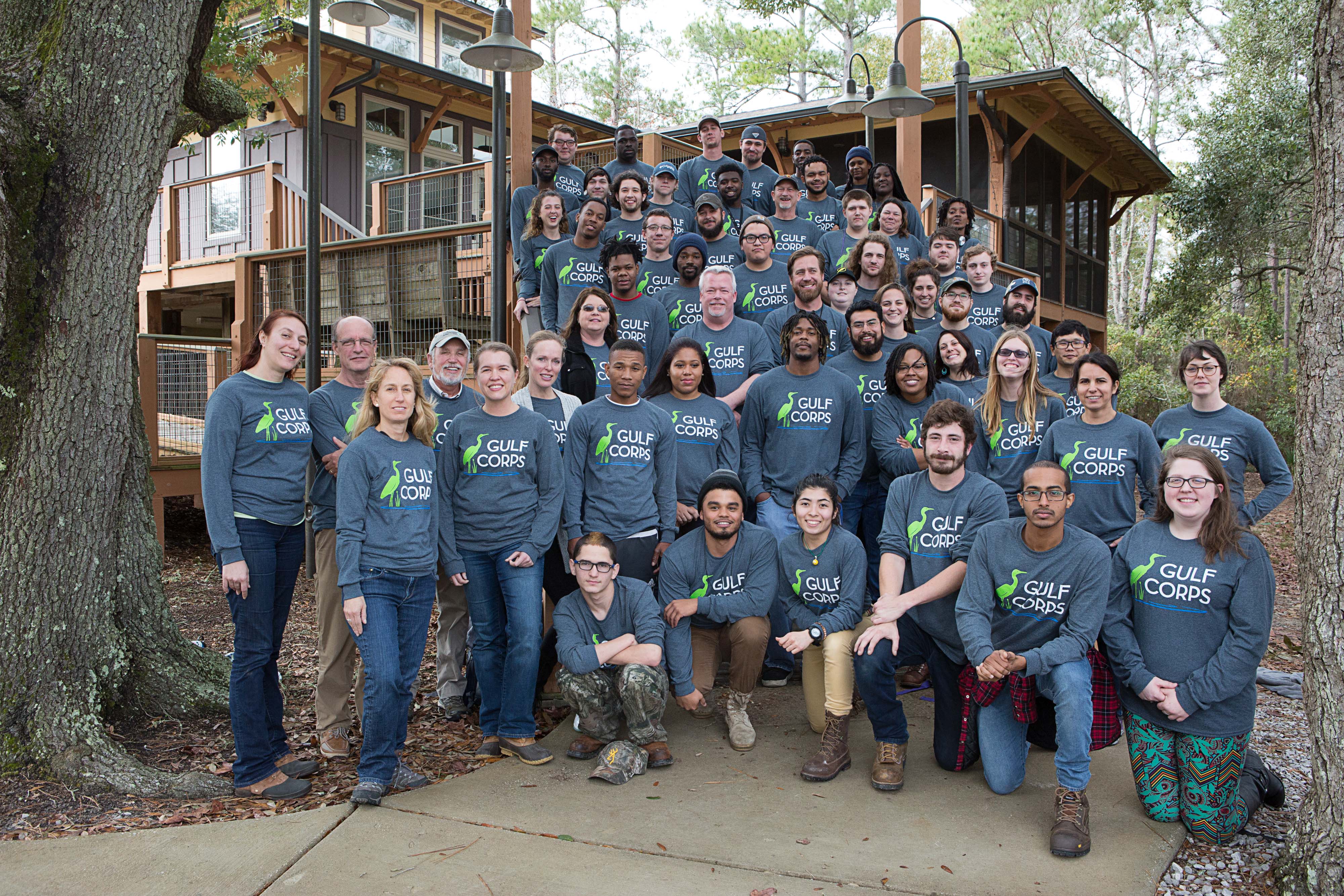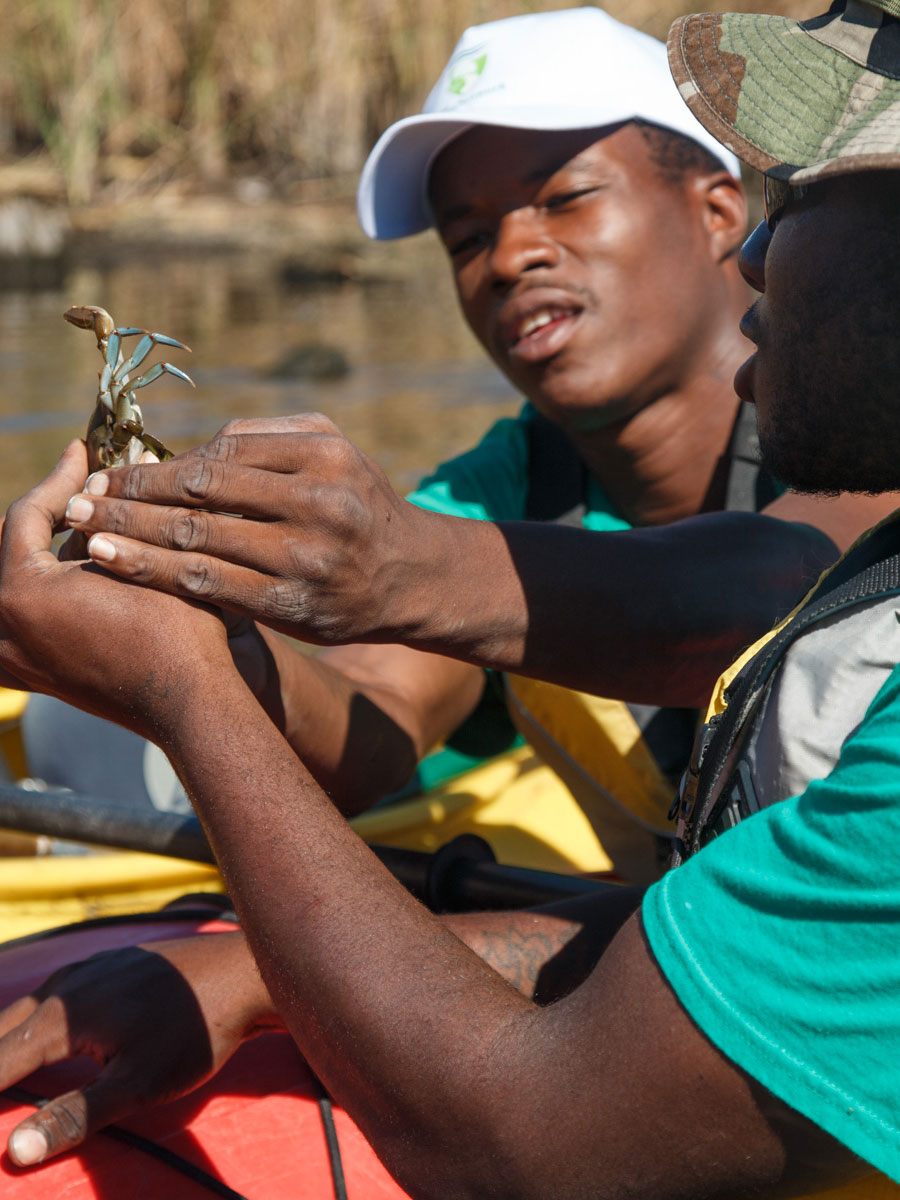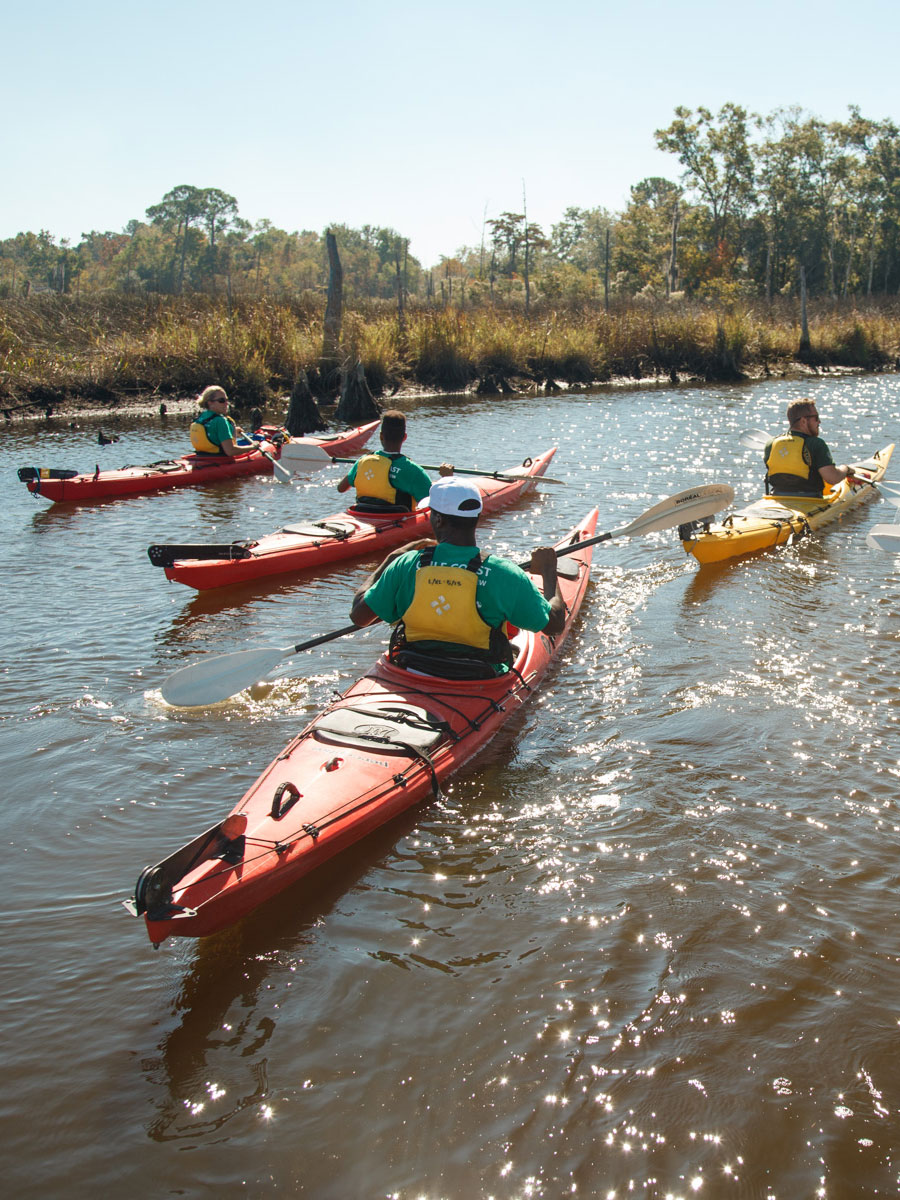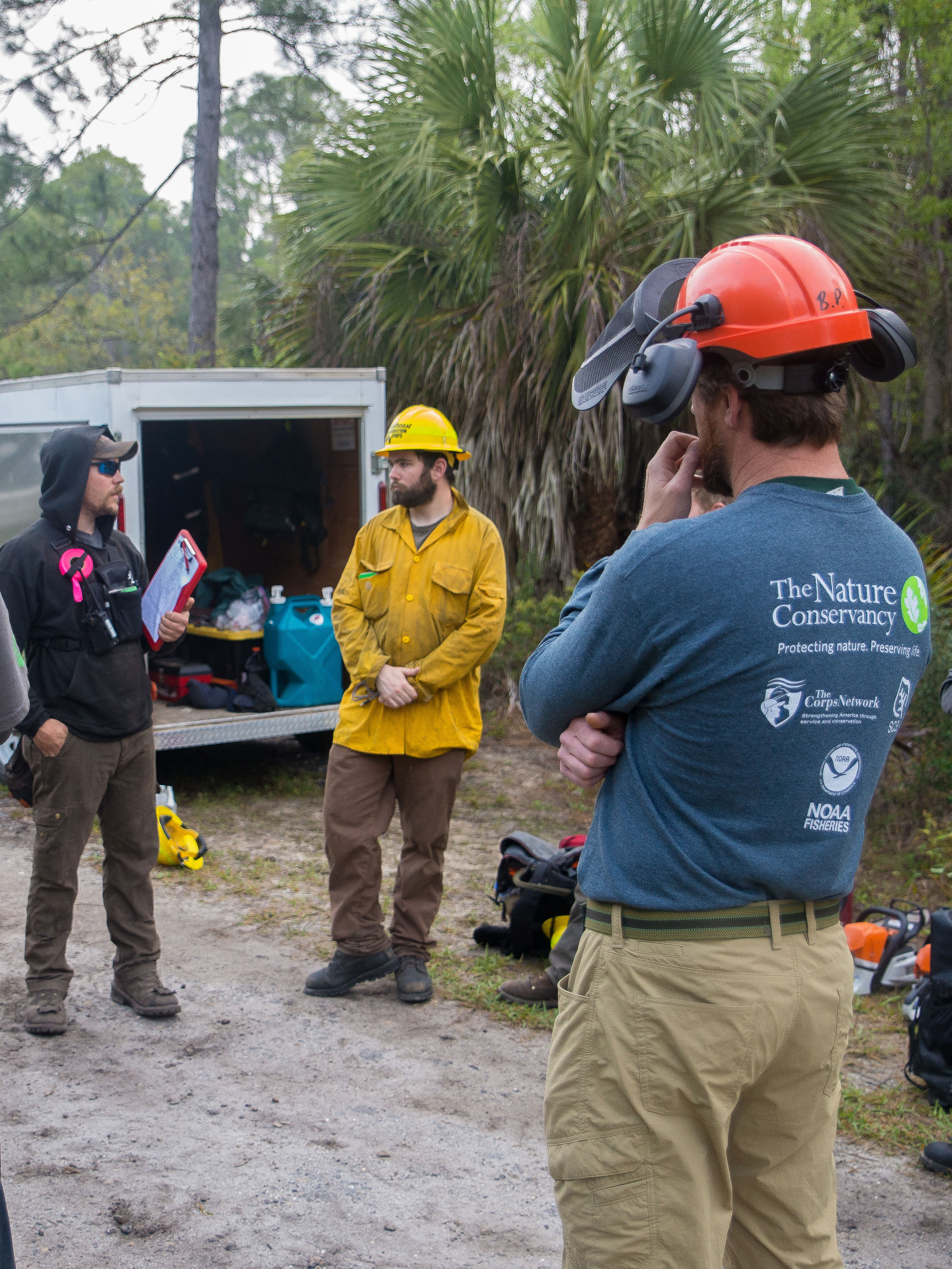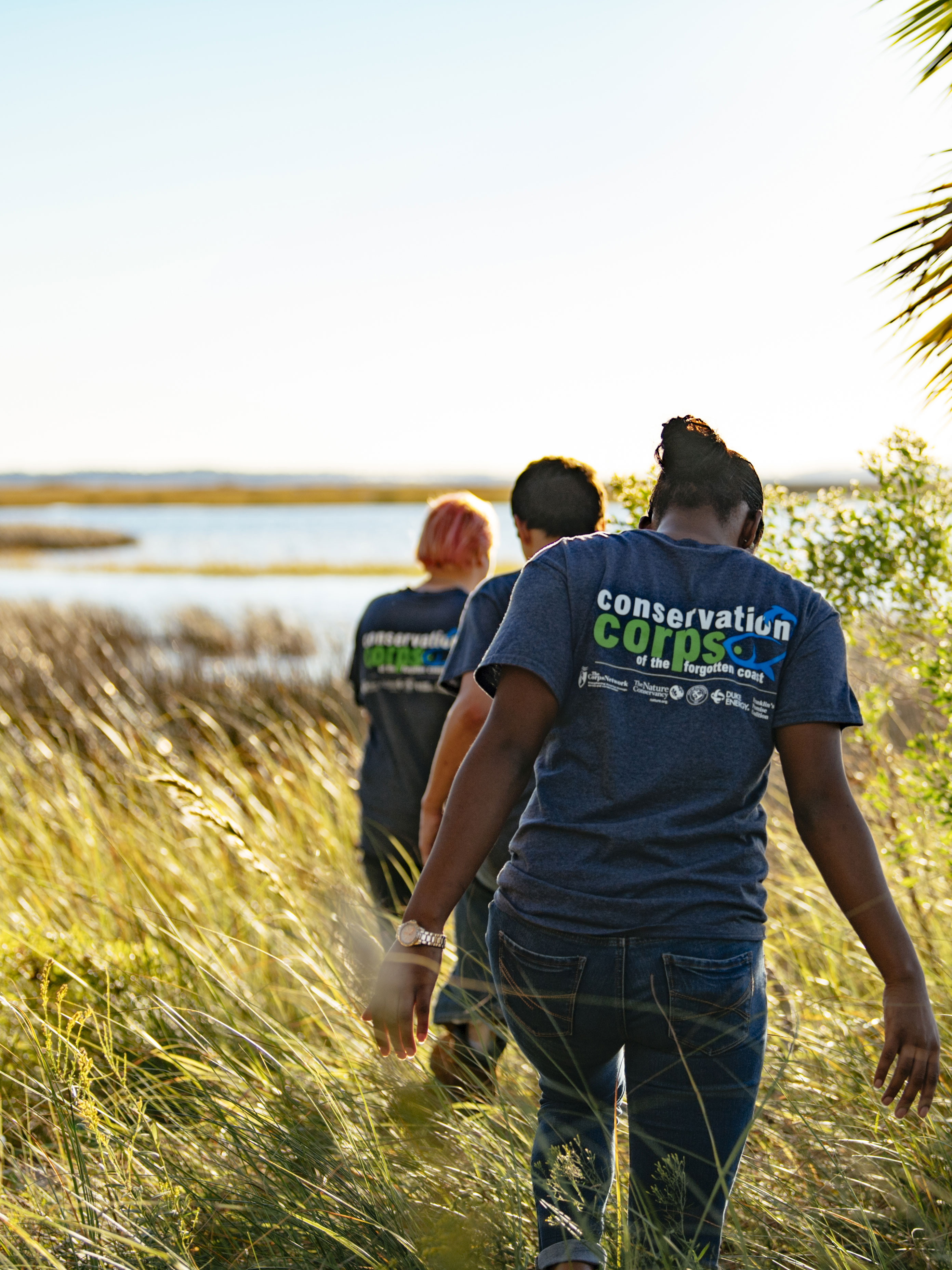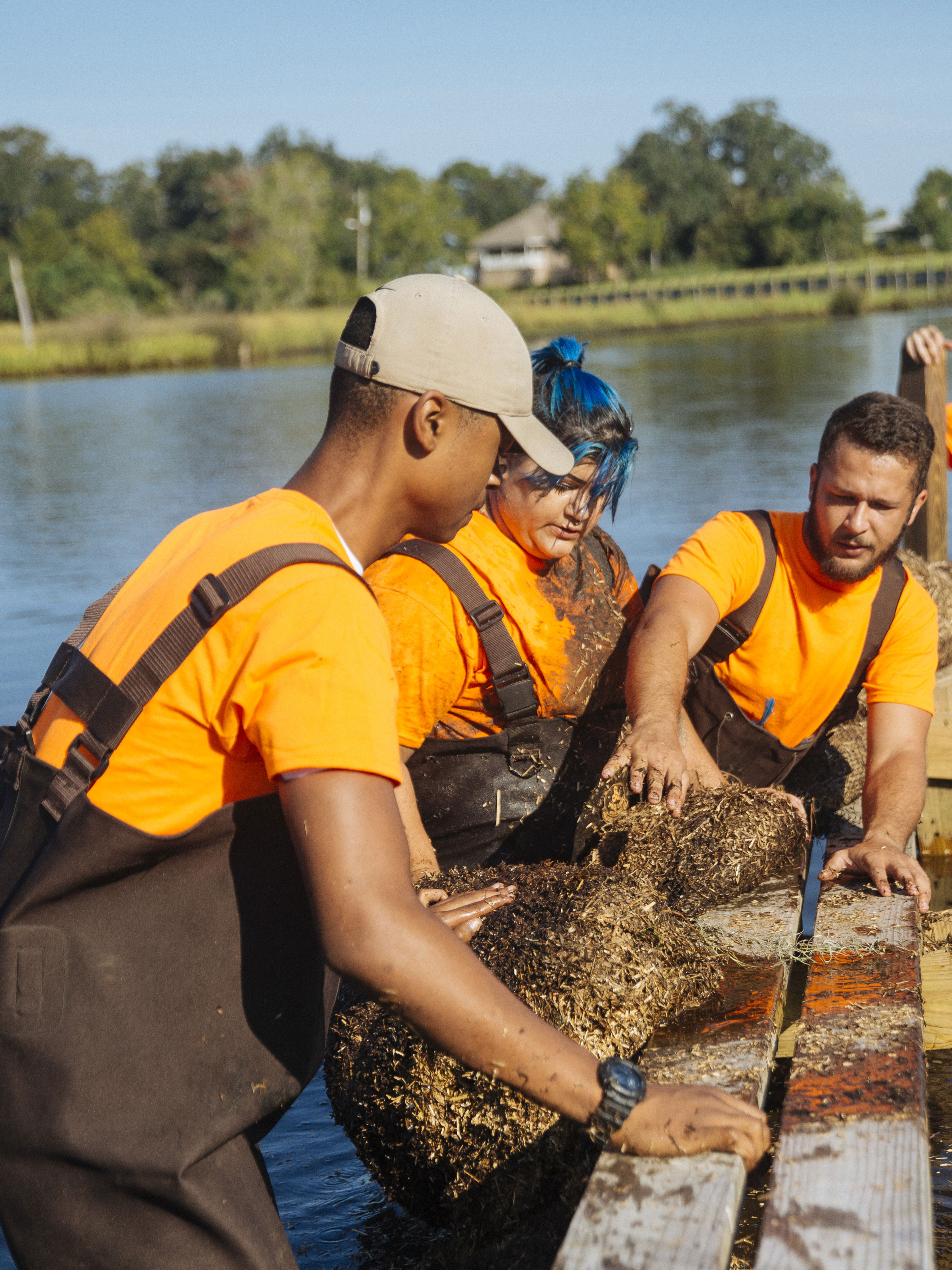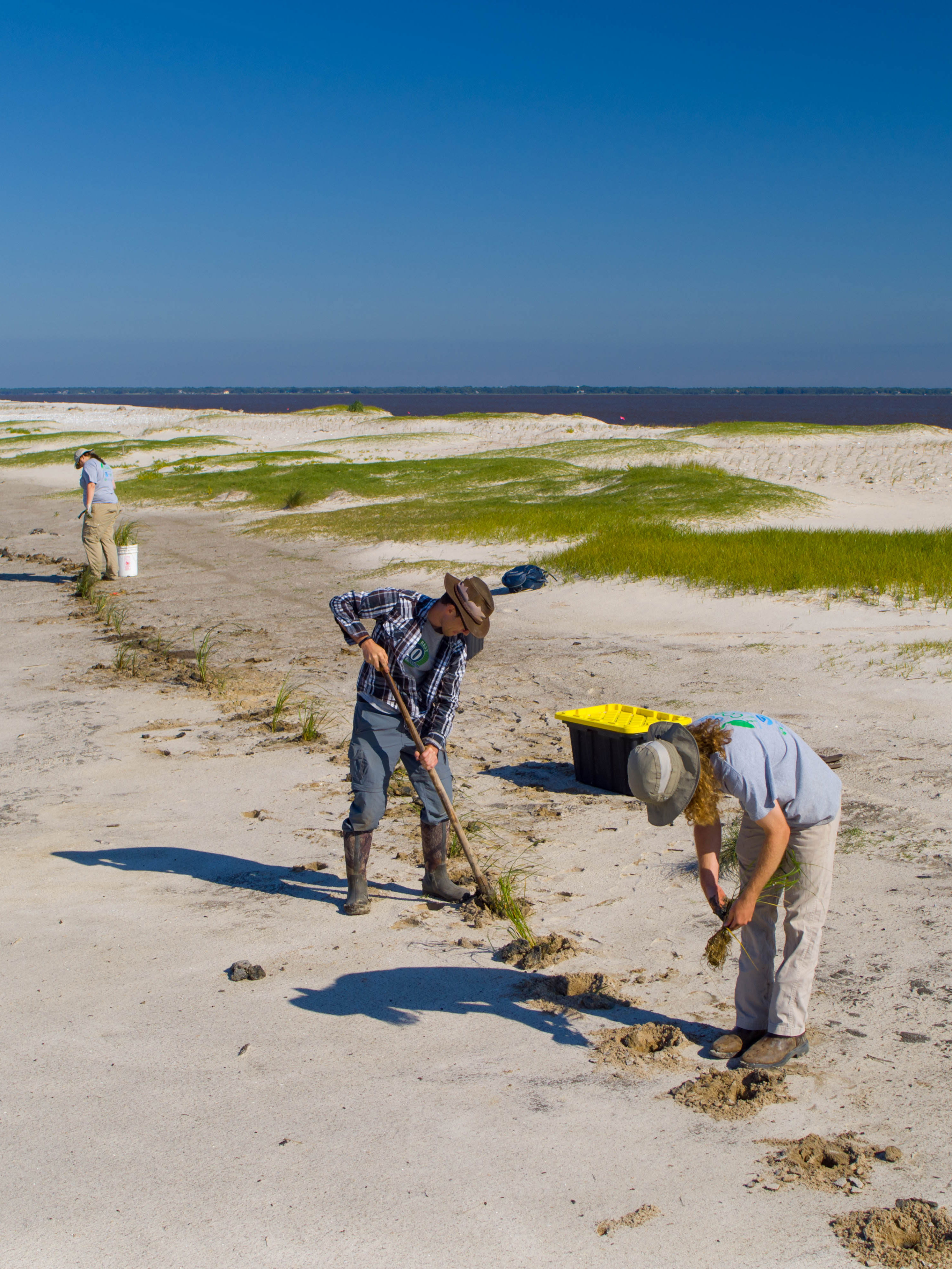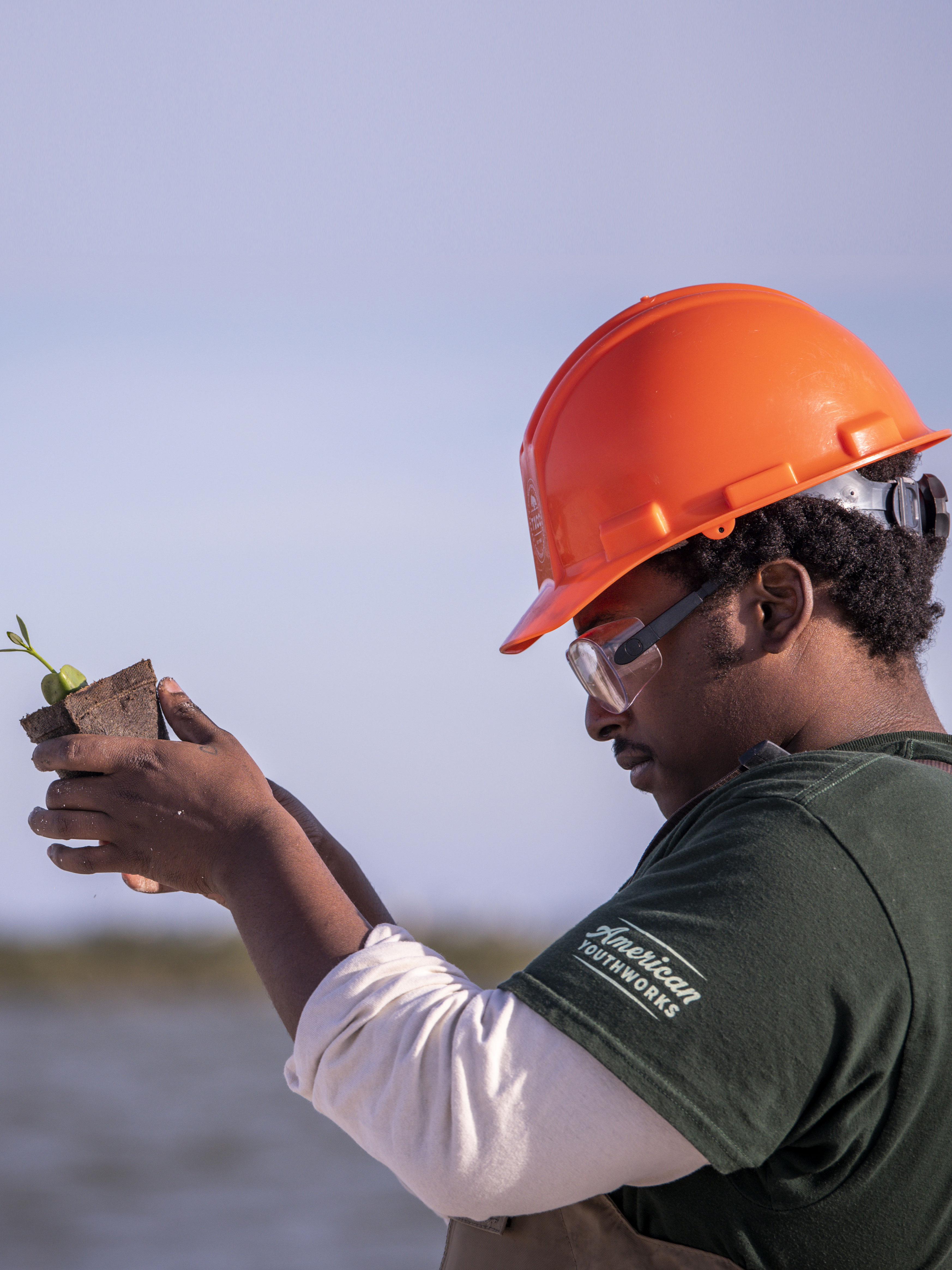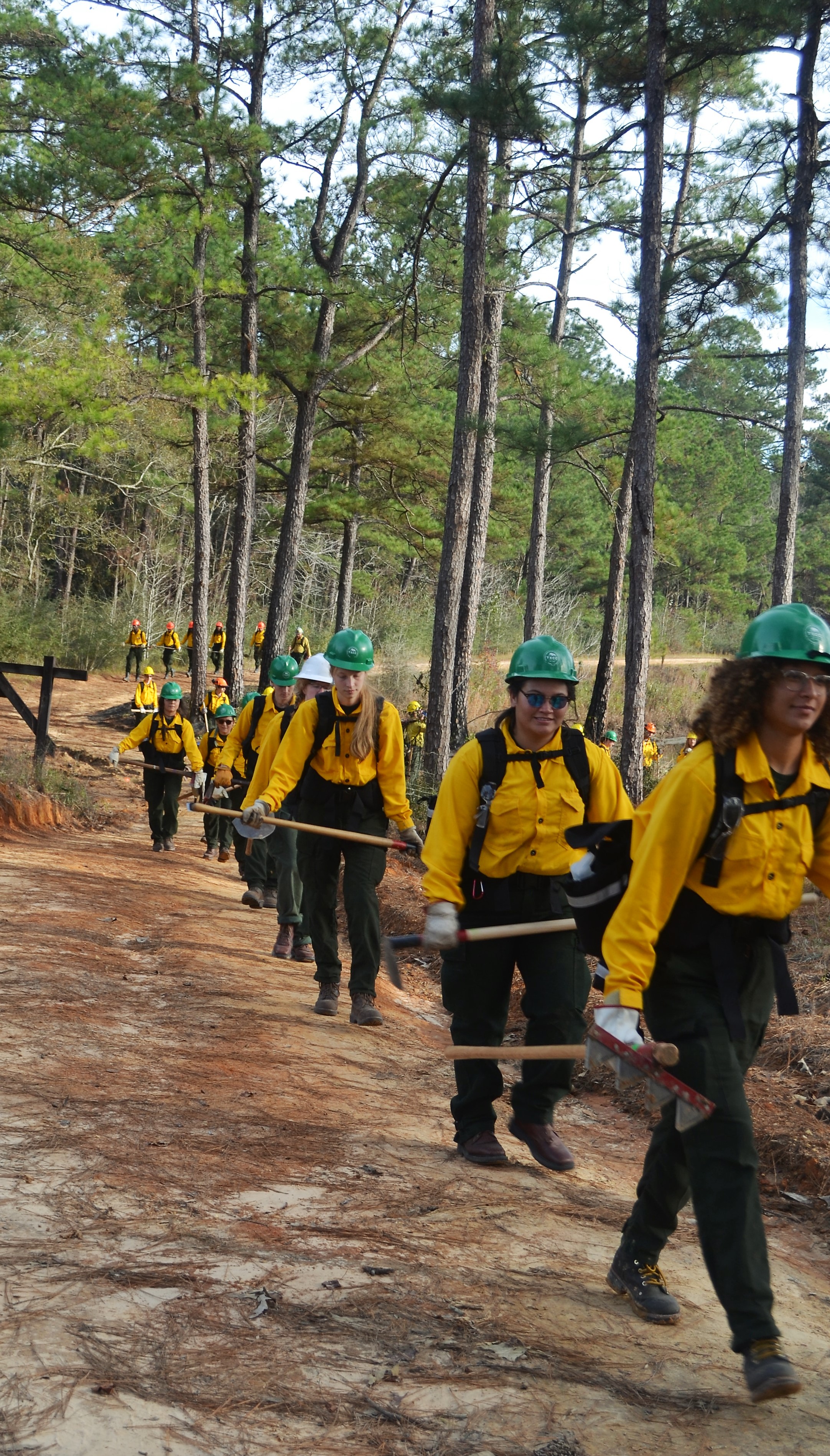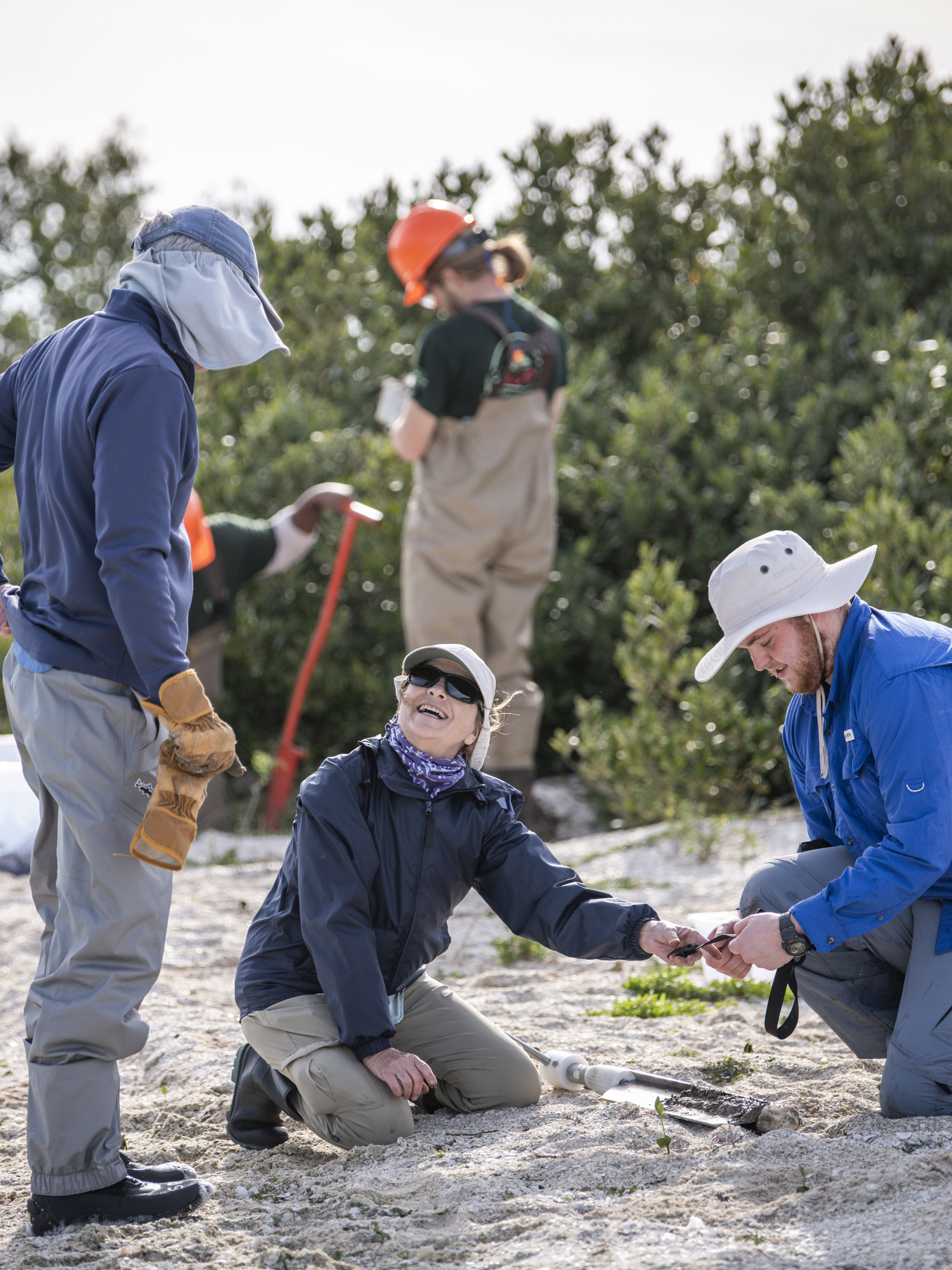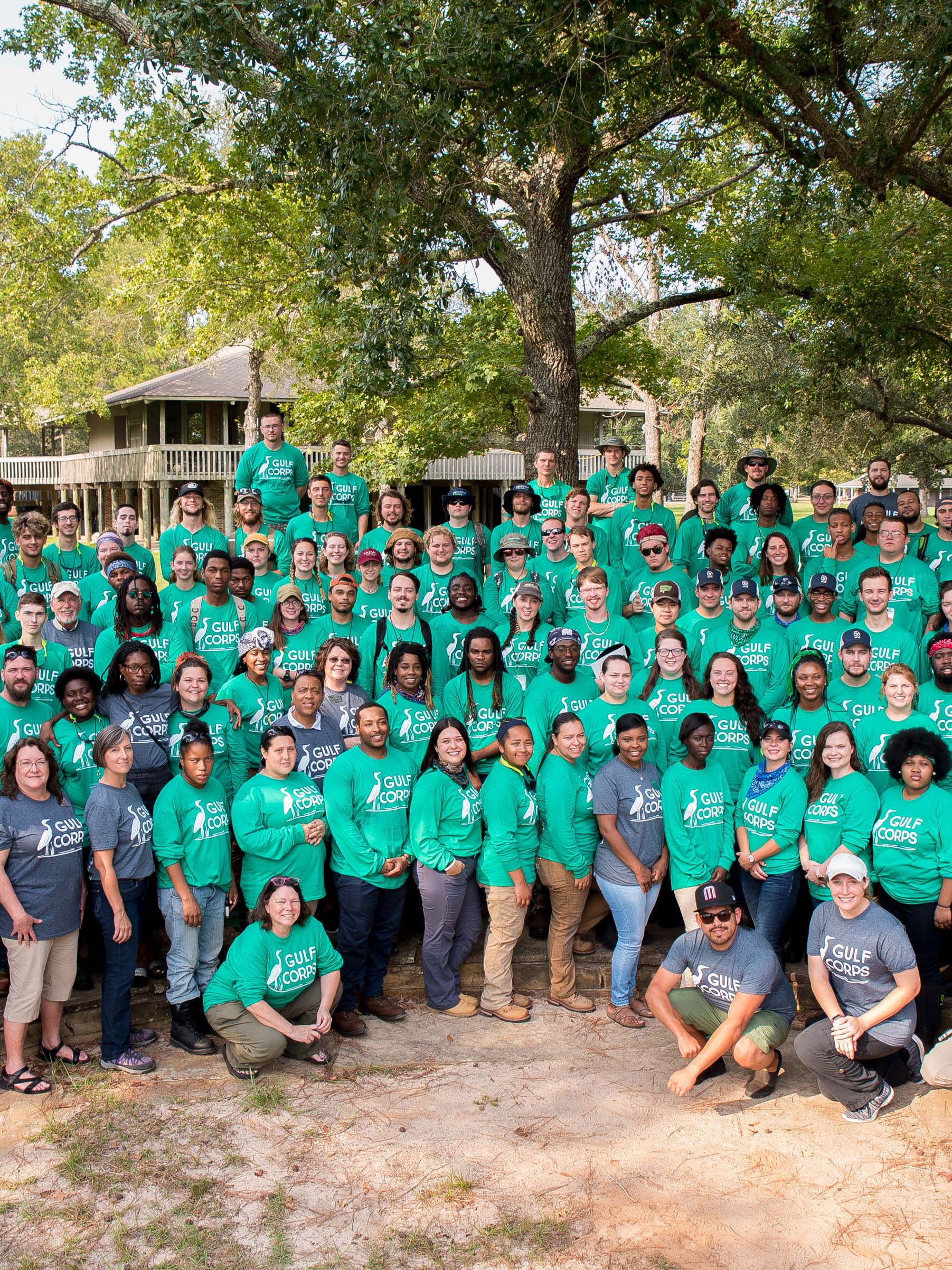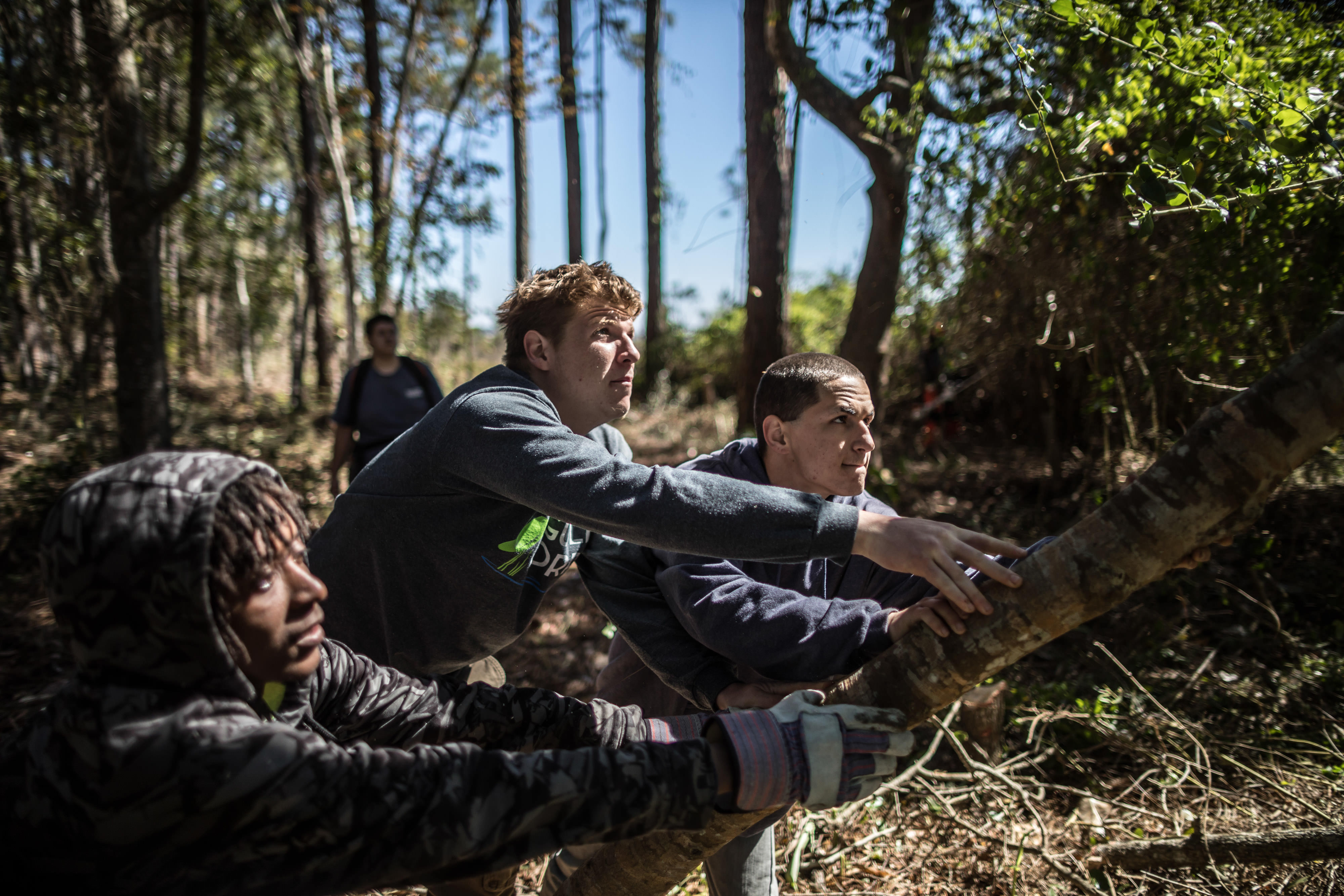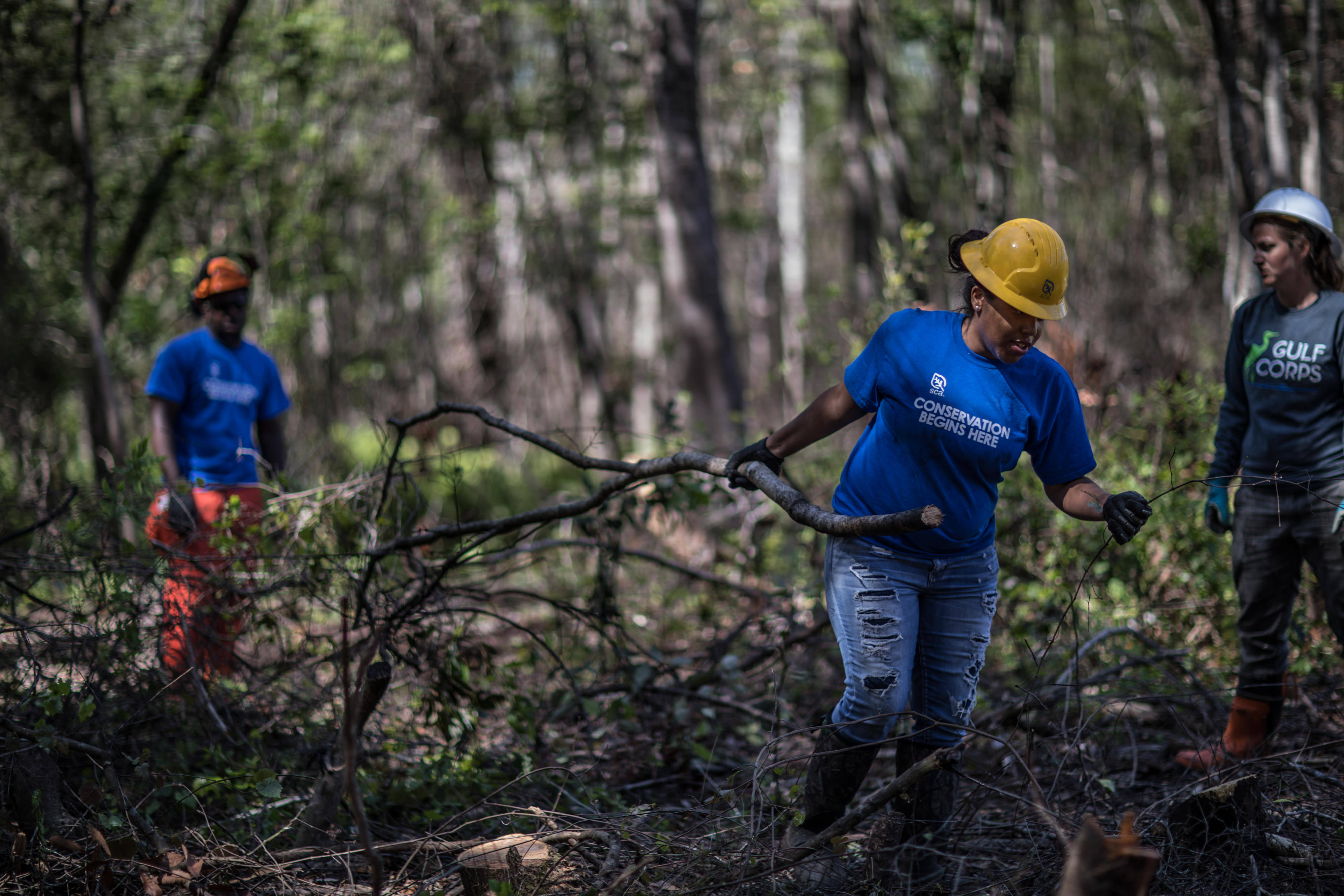GulfCorps
Creating jobs and training the next generation to restore the Gulf of Mexico.
More than three years ago, in January 2018, I had the opportunity to participate in the orientation and training for the first participants in GulfCorps—a three-year project led by The Nature Conservancy (in partnership with the Student Conservation Association and The Corps Network) to put young adults to work to help restore the Gulf of Mexico. GulfCorps is sponsored by the National Oceanic and Atmospheric Administration (NOAA) using funds from the settlement with BP of civil penalties that resulted from the Deepwater Horizon Oil Spill in 2010.
Find program updates and more information about GulfCorps.
A GulfCorps Timeline
From the earliest discussions of how to organize and accomplish recovery from the devastating Deepwater Horizon Oil Spill in 2010, the Nature Conservancy has advocated for a conservation corps component in the Gulf restoration strategy. Why? Because while we are passionate about the science-based restoration of the Gulf's ecological resources, we also care deeply about the future of the people of the Gulf coast and about their longstanding relationship with the natural resources of the region.
More than in many places in America today, the quality and character of life in the communities along the Gulf of Mexico relies heavily on the health of the Gulf and its associated resources.
We at the Nature Conservancy understand the interdependence of healthy natural systems and the well-being of people. After advocating for the inclusion of funding for a conservation corps in the Gulf to be part of Gulf restoration, we joined together with the Student Conservation Association and The Corps Network to compete for the opportunity to establish and operate the GulfCorps Program because we believe that:
- Well supervised and trained crews of young people can make real and lasting contributions to the restoration of the Gulf; they can accomplish fine-grained tasks that can't and won't be done by bulldozers and dredges.
- If young people from local communities are recruited for this work, they and their friends and families will, through this experience, better understand the relationship of their lives and their natural surroundings and become lifelong stewards of their bays and estuaries.
- Working together with others in the outdoors can provide the skills, discipline and resilience that can lead to successful careers whether in natural resource management or elsewhere.
- We as an organization have an obligation to reach out to the diverse people who live along the Gulf to help young people of many backgrounds participate in shaping the future of the places where they and, ultimately, their children will live.
GulfCorps: Getting Started 2017-2020
-
$7M
award granted in 2017 to help create 300 coastal restoration jobs in 3 years.
-
5,313
acres conserved and restored in year one and two of GulfCorps (2018-2019).
-
91
people in 10 teams across the gulf by year 2 (2019).
-
80
GulfCorps members transition to virtual training programs due to COVID-19 in March 2020.
The Nature Conservancy cannot, however, accomplish these goals alone. Key to the success of this project is working cooperatively with community-based organizations in each state who recruit corps members from within their communities, supervise their activities on a day to day basis, and assist the corps members to gain new skills and confidence in their abilities. For GulfCorps, our on-the-ground partner organizations include:
- Conservation Corps of the Forgotten Coast in Apalachicola, FL
- Student Conservation Association in Mobile, AL
- Climb CDC Conservation Corps in Gulfport, MS
- Limitless Vistas, Inc in New Orleans, LA
- American YouthWorks in Houston, TX
GulfCorps Years 1-3 By The Numbers
-
47,000
hours worked by crewmembers.
-
5,591
acres of upland conservation.
-
1,252
acres treated for invasive species.
-
1,737
acres of beach and marsh enhancement.
